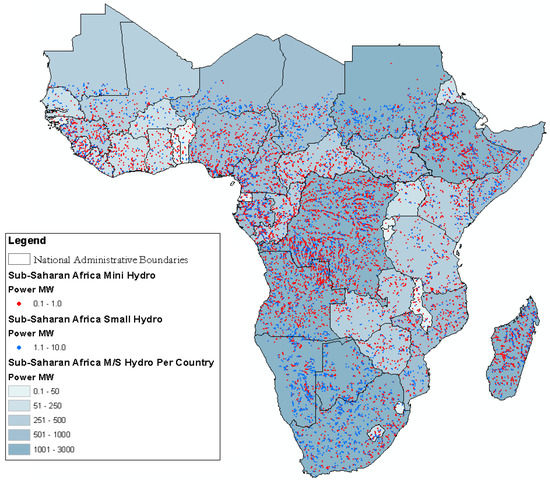Small yet powerful applications
In the context of hydroelectricity, there is a misconception that projects have to be large-scale to yield widespread benefits. As discussed in my previous post, hydroelectric projects are vulnerable to the fluctuating water patterns that arise with environmental change. Nevertheless, transitioning our focus from national to local could be an unprecedented mitigation strategy for sustaining water and energy security. I would like to commence with a powerful video that explores the accomplishment of John Magiro Wagare in his construction of a small-scale hydropower installation.
Figure 1: Video explaining the hydropower success story of Njumbi, Kenya (Great Big Story 2018)
John utilised his experience as an electrician to harvest energy from the River Godo and produce a small-scale hydro-plant constructed from repurposed materials. The establishment of Magiro Power enabled a community-wide transition towards renewable electricity as a substitute for costly, polluting alternatives (Great Big Story 2018). In this case, the use of water to facilitate a turbine mechanism ensured energy provision for over 250 households; exemplifying the potential for small-scale hydro projects to generate durable impacts.
The geographical feasibility of mini-hydropower
While population growth can coincide with a greater urban population ratio, a range of countries in SSA have displayed rural population increases in recent years (Drangert et al. 2002). These demographic patterns encourage a consideration of water management at the local scale, especially in areas where decentralised hydroelectricity could address infrastructural limitations (Falchetta et al. 2019). Korkovelos et al. (2018) conducted a fascinating analysis of the small-scale implementation of hydropower plants throughout SSA. The insights revealed the astonishing potential to generate 9.9 GW of installed capacity in the Southern Africa region alone. Beyond this, they used geospatial analysis to identify 10,216 sites where mini-hydropower initiatives could be established (Korkovelos et al. 2018). To provide some context to what defines 'mini', John's hydroelectric plant in Njumbi, Kenya yields a capacity of 0.25 MW, which is within this range (0.1-1MW). Now imagine the implications of replicating his initiative to thousands of other contexts!
Figure 2: Identification of potential sites for variably sized small-scale hydropower initiatives in Sub-Saharan Africa. Adapted from Fig 7 (Korkovelos et al. 2018)
The mass realisation of hydropower on a small-scale requires an adaptation of political mindsets, as well as innovative approaches to material circularity and renewable energy. In times where mass hydro-projects are anticipated to worsen water security and generate mass community displacement, these sustainable solutions could be vital towards climate and water resilience in SSA (Machado 2023).


No comments:
Post a Comment